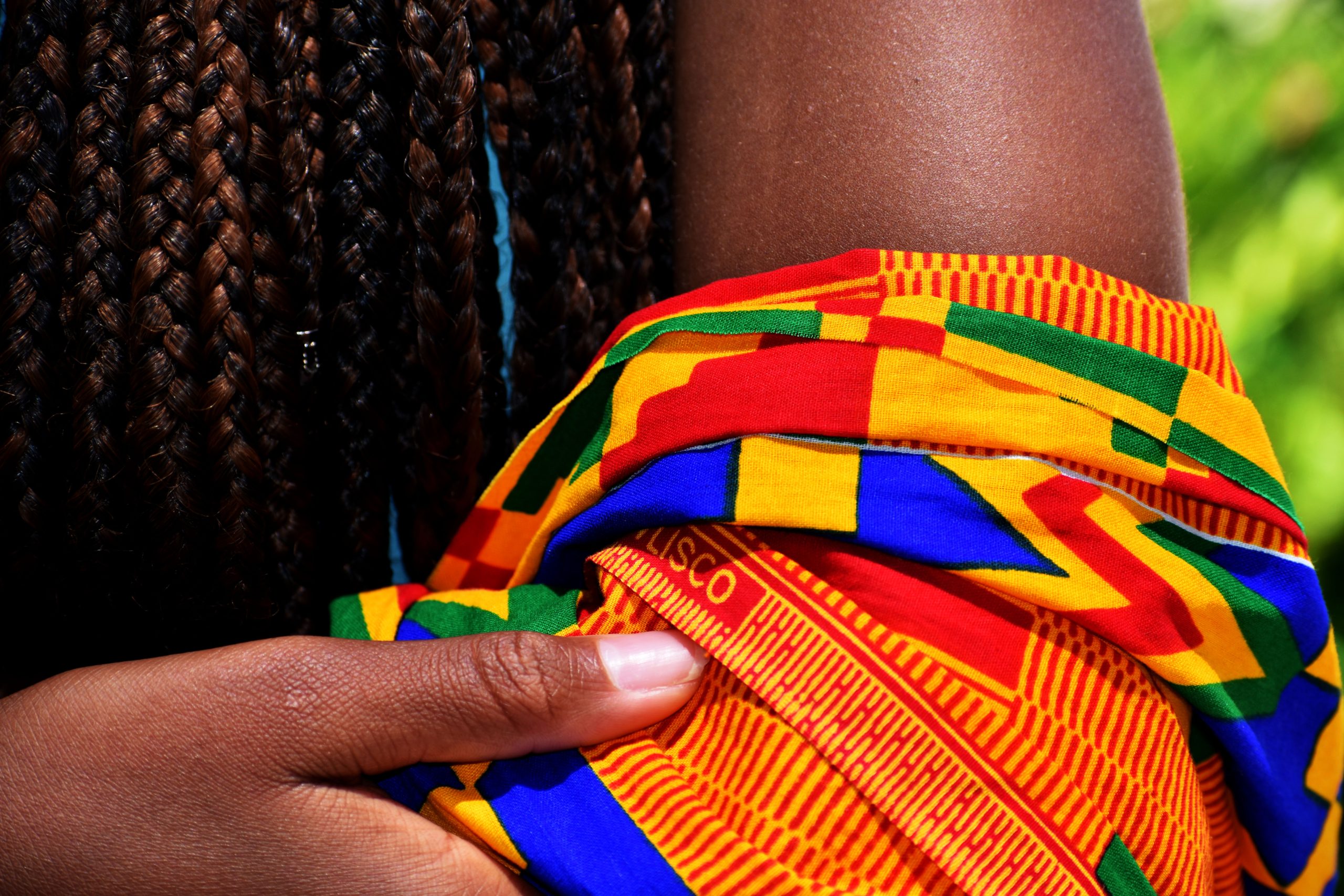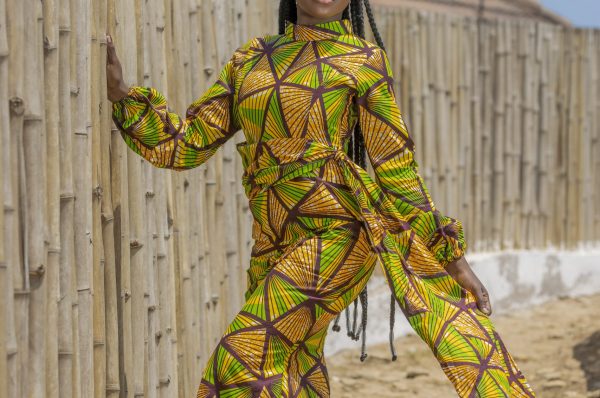In my last blog post, I talked about the stylish ways to wear African prints in your everyday life. Today, I want to delve a little deeper and talk about the history behind African prints and designs.
African prints have a rich and fascinating history, dating back centuries. They have been used to tell stories, express cultural identity, and communicate important messages. Each pattern and design has its own meaning and significance.
For example, the Kente or Kete cloth, originating from the Ewe people of Ghana, was traditionally woven with motifs and symbolism, to tell Ewe history. The Adire fabric, from Nigeria, was made using indigo dye and was used to communicate cultural beliefs and social status.
African prints and designs have also been influenced by colonialism and the slave trade. European textiles were introduced to Africa, and African designers began to incorporate these new patterns and motifs into their own designs, creating a unique and hybrid style.
Today, African prints and designs continue to play a crucial role in African culture and fashion. They are a symbol of pride, heritage, and identity, and are enjoyed by people all over the world.
So, the next time you wear an African print, take a moment to reflect on the rich history and cultural significance behind the design. Celebrate the heritage and creativity of African culture and enjoy the beauty and diversity of African prints and designs.
I hope you enjoyed learning a little bit more about the history behind African prints and designs. Stay tuned for more posts on this topic and in the meantime, don’t hesitate to share your own knowledge and experiences with us in the comments below!





Comment (1)